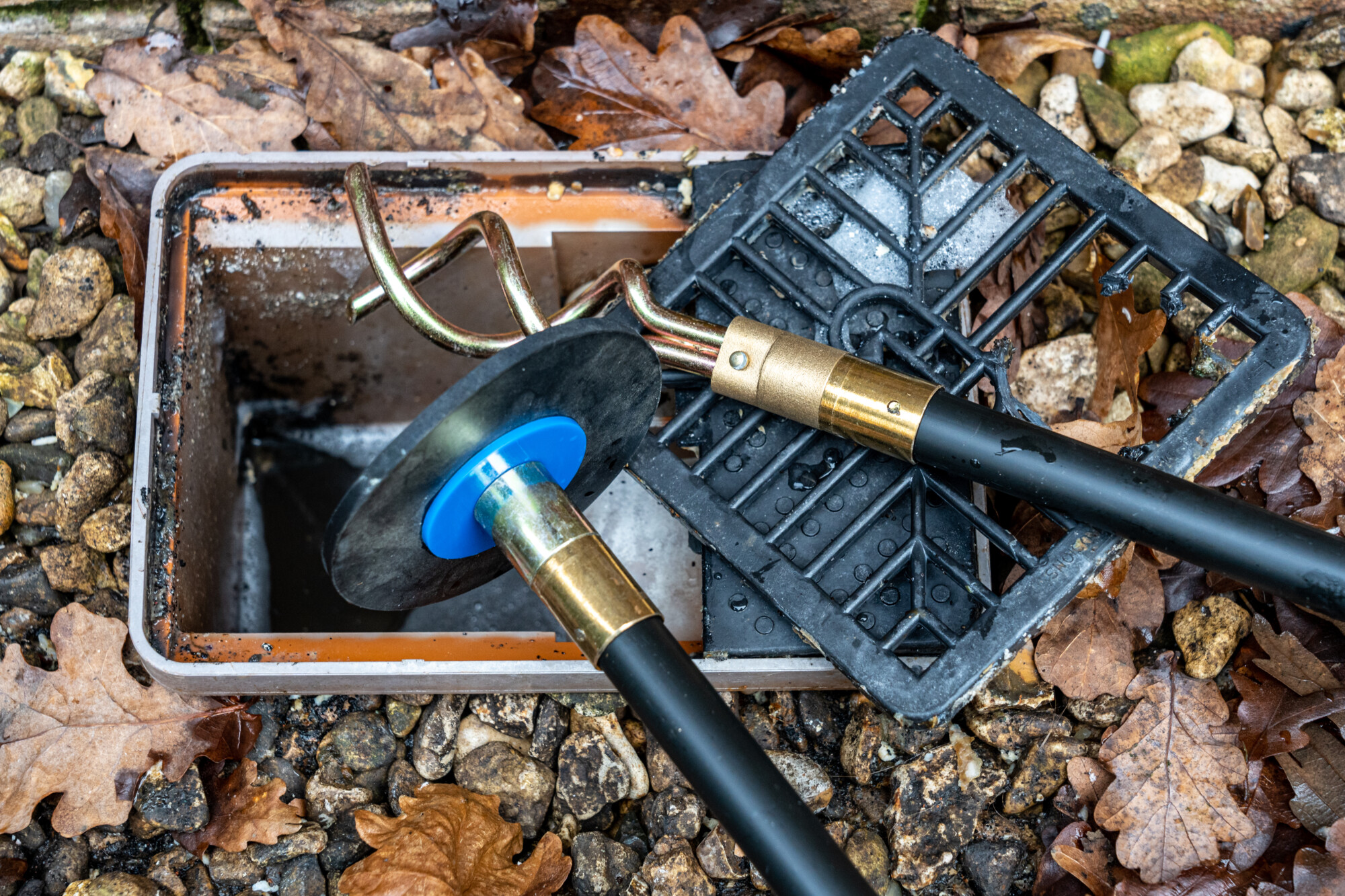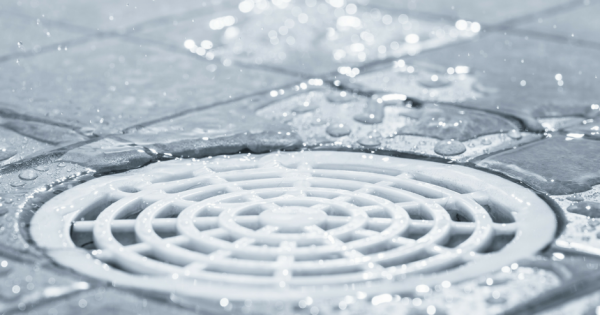They are making a number of good pointers on the subject of How to handle a clogged drain in your home as a whole in this content further down.

Introduction
Handling a blocked drain can be a discouraging experience, disrupting daily activities and potentially causing damages to your building. However, prior to reaching out to pipes specialists, there are actions you can require to resolve the issue on your own. In this overview, we'll check out do it yourself remedies and safety nets to deal with an obstructed drain properly.
Recognizing the Concern
The very first step in dealing with an obstructed drain is recognizing the signs. Sluggish drain, gurgling noises, foul odors rising from drains, or water support up are common signs of a blocked drain. Identifying these indicators early can assist avoid further difficulties.
Typical Root Causes Of Blocked Drains
Recognizing the factors that contribute to drain clogs is essential for efficient resolution. Typical culprits consist of hair, soap scum, grease, food debris, and international objects like sanitary products or paper towels. Tree origins attacking underground pipelines can likewise create considerable blockages.
Do it yourself Solutions
For minor clogs, numerous DIY solutions can be efficient. Pouring boiling water down the drainpipe can help liquify oil and debris. Sodium bicarbonate and vinegar or a combination of salt and baking soda can function as all-natural cleaners. Using a plunger or plumbing serpent to dislodge blockages is an additional choice.
Tools and Devices
Having the right devices on hand can make DIY drainpipe cleaning up much more effective. A plunger is a versatile device for removing clogs in sinks, commodes, and showers. A plumbing snake or auger can get to deeper clogs, while drain cleansing chemicals can be used carefully for persistent blockages.
Preventive Measures
To stay clear of future blockages, taking on preventive measures is critical. Mount drain guards or filters to catch hair and particles before they enter the pipelines. On a regular basis flush drains with warm water to liquify grease build-up, and avoid throwing away grease or solid waste down the drain.
When to Call a Professional
While do it yourself services can settle minor obstructions, certain signs indicate the requirement for specialist help. Consistent obstructions, foul odors despite cleaning up efforts, or several drains pipes supporting simultaneously are red flags that call for skilled intervention.
Choosing the Right Plumbing Service
When selecting a pipes service, take into consideration factors such as experience, licensing, and consumer testimonials. Select a trusted plumbing with a record of high quality workmanship and clear pricing methods.
Cost Considerations
The cost of specialist drain cleaning services can vary depending on the extent of the blockage and the plumbing professional's prices. Request quotes from several providers and ask about any kind of added fees to guarantee openness and stay clear of surprises.
Safety Precautions
When attempting DIY drain cleaning, focus on security. Use safety handwear covers and glasses to stay clear of contact with hazardous chemicals or germs. Never ever mix different drainpipe cleansing items, as this can create dangerous fumes.
Instance Researches
Real-life instances show the efficiency of DIY solutions and the significance of timely expert treatment in solving drain clogs.
Final thought
By complying with the ideas described in this guide, you can efficiently tackle obstructed drains pipes and prevent future plumbing concerns. Whether going with DIY services or looking for professional support, timely action is vital to maintaining a healthy plumbing system and protecting the stability of your home.
WHAT I LEARNED FROM TRYING TO DEAL WITH A CLOGGED DRAIN
We have had our share of seepages and other annoying things that are part of living, especially in an apartment complex. And if there’s one thing that’s terrifying for a homeowner—or even someone in a rented home—it is a clogged drain, indoors or outdoors.
We enjoy our living space, but it’s simply a fact of life that dead skin, soap and a host of other items go down the drain; eventually, the residue builds up and prevents anything from moving. Ugh.
Not Calling A Professional
Of course, it might seem simple to just whip the pipe off under the sink and see if you can unblock it. Unfortunately, what if the blockage isn’t there, or you don’t reconnect it properly? Worse, you might break a piece and have no drainage system. Can you imagine that scene? Yuck!
Not Watching Your Waste
This will sound d’uh, but the best tip I can give you for drain cleaning is to avoid clogging the drain in the first place! You can do this by monitoring what goes down the drain and catching the items which are most likely to give you a problem. Invariably hair, vegetable peels, and large wads of toilet paper are the most obvious culprits. Add a filter—these are available in hardware stores and can be removed and cleaned easily.
Poking The Drain
The first urge with a clogged drain is to poke at it with a stick or anything that resembles a stick. Sadly, this does not result in magically solving the issue. The mental image is, naturally, one of the stick just pushing through the offending item and all is well again. Reality is quite different and unpleasant and likely to lead to further problems.
The thing is, every drain has a series of bends that are not visible to us. Drains are built this way to prevent gases from entering the house. What happens when you poke a stick into the drain? Of course, it can’t bend around the corner. The more adventurous people will use force and end up wedging the stick or causing it to break off in the pipe—creating an even bigger issue. Worst thing? The stick will shift the block further down the pipe, creating the space for more to collect. Go ahead! Roll your eyes!
Using The Wrong Plunger
You know what they say: the right tool for the right job! Did you know there are different types of plungers besides the basic one we keep at home for an emergency? Yes, there are. For example, the toilet plunger has a bell-shaped bottom while the sink plunger is flat. This is an important difference and using the wrong plunger will be useless. There’s also a knack in using plungers—they must be placed in such a way that they create an airtight seal and then, moved slowly up and down—not as fast as we imagine.
https://vidyasury.com/2018/01/learned-trying-deal-clogged-drain.html

Do you like more info about Tips for Dealing with Clogged Drains and Sewer Lines? Put a short review further down. We would be glad to see your opinions about this write-up. We hope to see you back again in the near future. Appreciated our piece? Please quickly share it. Help other people discover it. We take joy in your readership.
Request Your Service
Comments on “Guidelines for Managing a Blocked Drain Before Seeking Professional Plumbers”